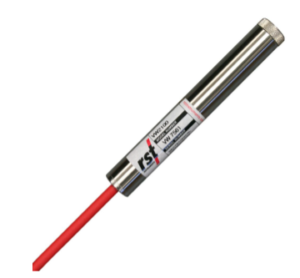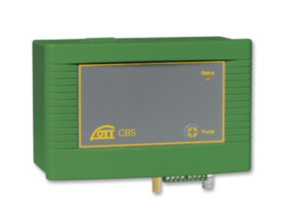Australia’s national use of groundwater increased by 90% between 1983 and 1996.
And yet, this vital resource is still widely misunderstood, so comprehensive monitoring plans and accurate monitoring techniques are necessary to inform our current and future use of precious groundwater.
4T has been conducting groundwater studies since 1997 for agribusiness, mining and urban clients.
All 4T team members are trained and capable to undertake groundwater monitoring and assessments for all situations including landholder bores, village water supplies, compliance monitoring and complex groundwater investigations.
At 4T we use a variety of water level sensors to ensure we get the most accurate results with each project.
What is a water level sensor?
The use of this tool is in the name! The water level sensor detects the level of water in a container. It can then feed that information into other devices that control what happens to the water after that.
Now here’s the real scientific info. for you.
Pressure transducers
Pressure transducers measure ambient pressure which when used in water can be converted to the height of the water over the transducer. Water levels in monitoring wells can be recorded over extended periods of time using these instruments.
Pressure transducers can be used to measure water levels in flow-measuring devices (e.g., weirs and flumes) and the readings can be converted to discharge rates.
There are two basic types of pressure transducers. The first has an integral air tube that is open to the atmosphere above the water which permits automatic compensation of barometric pressure changes.
The second type is completely submerged. With the second type, an additional transducer is placed out of the water in the vicinity, so the barometric pressure is likewise recorded for the time interval as the water levels.
Once both transducers are downloaded, the water level is corrected for the variations in barometric pressure generally using manufacturer-supplied software.
Vibrating wire piezometer
The Vibrating Wire Piezometer provides excellent long-term accuracy, stability of readings, and reliability under demanding geotechnical conditions. Vibrating Wire Piezometers are the electrical piezometers of choice as the frequency output of VW devices is immune to external electrical noise and able to tolerate wet wiring common in geotechnical applications.
 Vibrating Wire Piezometers contain a high tensile steel wire with a fixed anchor at one end and are attached to a diaphragm in contact with water pressure at the other end. The wire is electrically plucked, with the resonant frequency of vibration proportional to the tension in the wire. This frequency induces an alternating current in a coil which is detected by the readout unit, such as the VW2106 Vibrating Wire Readout, and can then be converted to pressure. The frequency output is immune to external electrical noise.
Vibrating Wire Piezometers contain a high tensile steel wire with a fixed anchor at one end and are attached to a diaphragm in contact with water pressure at the other end. The wire is electrically plucked, with the resonant frequency of vibration proportional to the tension in the wire. This frequency induces an alternating current in a coil which is detected by the readout unit, such as the VW2106 Vibrating Wire Readout, and can then be converted to pressure. The frequency output is immune to external electrical noise.
The frequency signal is exceptionally immune from cable effects, including length (to several kilometres), splicing, resistance, noise pickup, and moisture. The vibrating wire coil circuit contains no semiconductor devices and has built-in ionized gas discharge device protection against transient damage. As a result, the vibrating wire piezometer provides excellent reliability in typical geotechnical situations – i.e. long outdoor cables buried in saturated soil.
The piezometer is equipped with a standard sintered stainless steel porous filter to prevent soil particles from contacting the diaphragm. A thermistor is built into the piezometer body to permit temperature measurement and temperature compensation of the piezometer. Standard construction is all stainless steel. RST vibrating wire piezometers are shipped with extremely tough polyurethane-jacketed foil-shielded cable for maximum endurance in field conditions.
Airline / Bubbler unit
 Bubbler Systems measure water level based on the amount of pressure it takes to push an air bubble out of an orifice line (plastic tubing) and into the water body. This pressure often referred to as the “line pressure”, requires changes with the elevation of the water. As the water elevation rises and falls, so does the line pressure needed to discharge bubbles. The line pressure value, measured in psi, is then converted into the desired units of measurement to represent water level from the point of discharge to the water’s surface.
Bubbler Systems measure water level based on the amount of pressure it takes to push an air bubble out of an orifice line (plastic tubing) and into the water body. This pressure often referred to as the “line pressure”, requires changes with the elevation of the water. As the water elevation rises and falls, so does the line pressure needed to discharge bubbles. The line pressure value, measured in psi, is then converted into the desired units of measurement to represent water level from the point of discharge to the water’s surface.
Whichever method is used 4T are the experts to assist you in protecting and understanding this vital resource.
Ian Rankine | 4t Consultants
15|12| 2021
